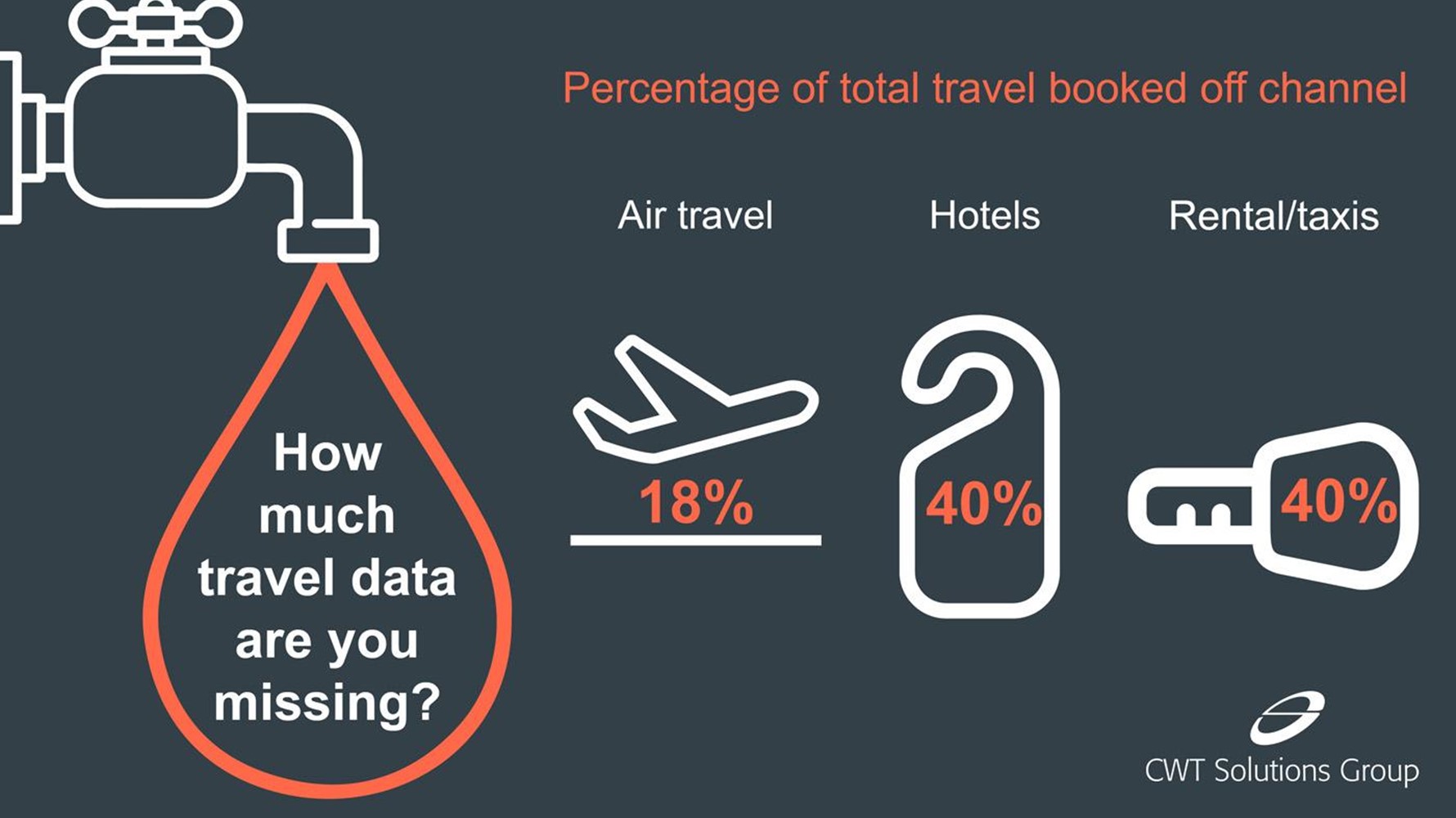We’ve all been there. The bargain offer of the new gym membership that’s going to keep you fit. It’s only a small amount each month. But wait, your trainers have holes in them, you need a new padlock for the locker, and definitely a new water bottle (gym drinking fountains – no thanks!). Then there’s parking, a new towel, as well as a post-workout caffeine fix at the café. Suddenly, that gym membership isn’t just an obvious monthly fee. It’s really costing a lot more.
While there are handy apps that can help you track your personal finances to see what you’re spending, which may save a few hundred a year, consolidating travel and expense data can save your company millions.
A product like CWT Travel Consolidator crunches data on travel expense– flights, hotels, taxis, meals – to give a Big Picture view on how travelers are spending the company’s money.
Here’s how it can help you save money – and improve your travel program.
Boost the bottom line
Getting people to stick to travel policy is like herding cats. It doesn’t help that there are a gazillion different hotel and transportation apps vying for their attention.
But when travelers book outside of policy, the travel program – and the company’s duty of care can take a hit. .
As Peter Drucker, prime deity of management gurus, famously said: “Only what gets measured, gets managed.”
We spoke to one client that spent over $100 million on travel in 2017. It turned out that 18% of flights, 40% of hotel, and 42% of car rentals were booked outside of their travel management company.
You can use credit card expense and HR data to track every single expense. That helps you identify travelers who book outside the policy. Then you can craft targeted communications to get those last-minute bookers and those not even aware of the policy, back on track. It helps you tweak the policy, and improve your travel program. Either way, the first step is to find out what’s going on.
Put more in the piggy bank
According to a study by the GBTA Foundation, 54% of travel managers say they don’t have enough data to calculate the full cost of a trip.
By consolidating expense data with data from a travel management company (TMC), you can work out the total cost of a trip, and make better decisions.
Take that client. We calculated the average cost of a three-day business trip from Paris to Madrid – and from Madrid to Paris. For each traveler, the difference was around 60 Euros. As a result, the travel manager recommended hosting most team meetings in Madrid, saving a significant amount of the spend, long term.
Negotiate to accumulate
A product such as CWT Travel Consolidator will tell you whether your travelers are using your preferred suppliers. If they’re not – negotiate with the suppliers they do use – there’s up to 7% in savings potential to be found.
In the next blog I’ll talk about how ground transport and meals can be a massive part of your spend and how to get the best visibility from them.





